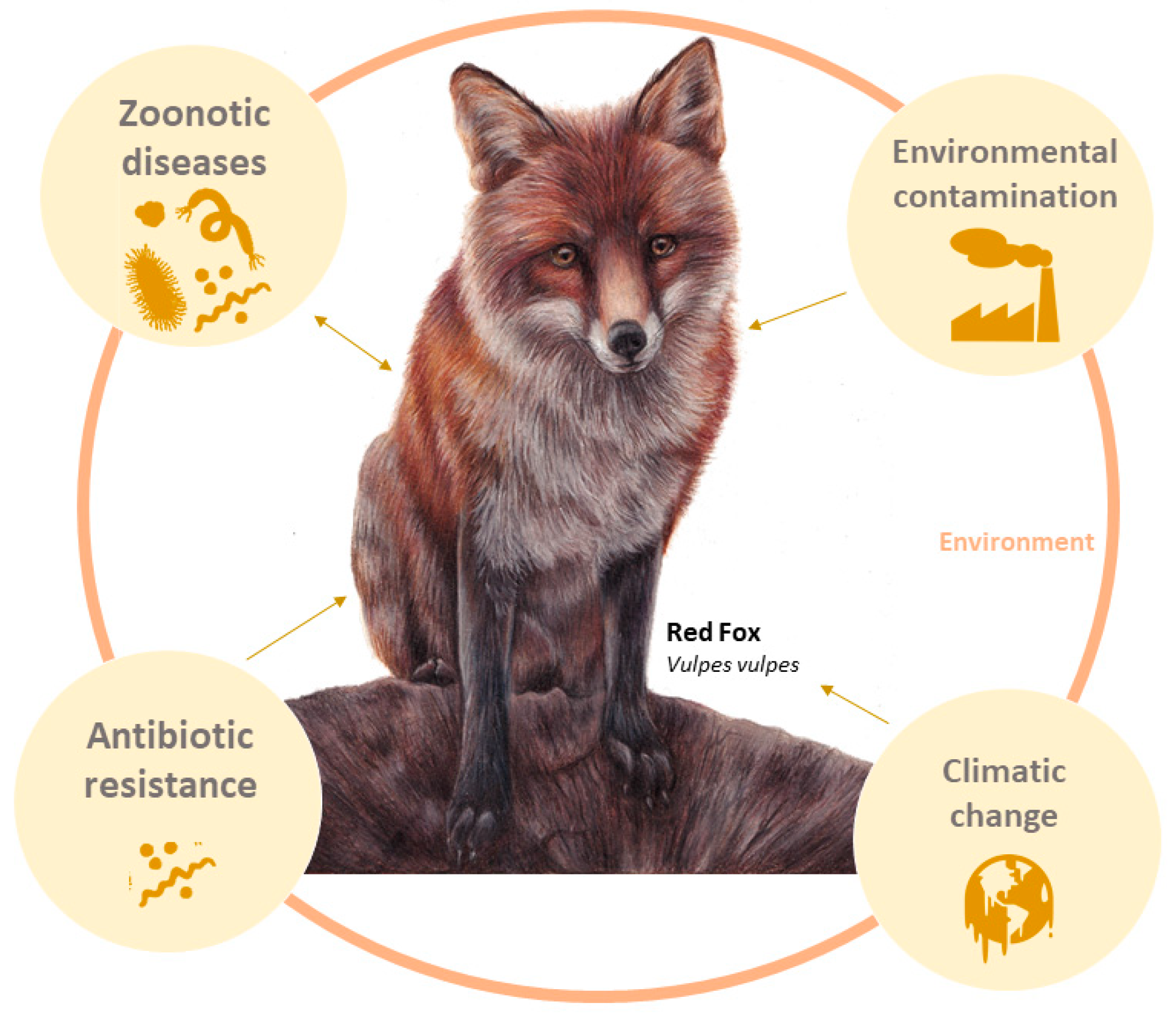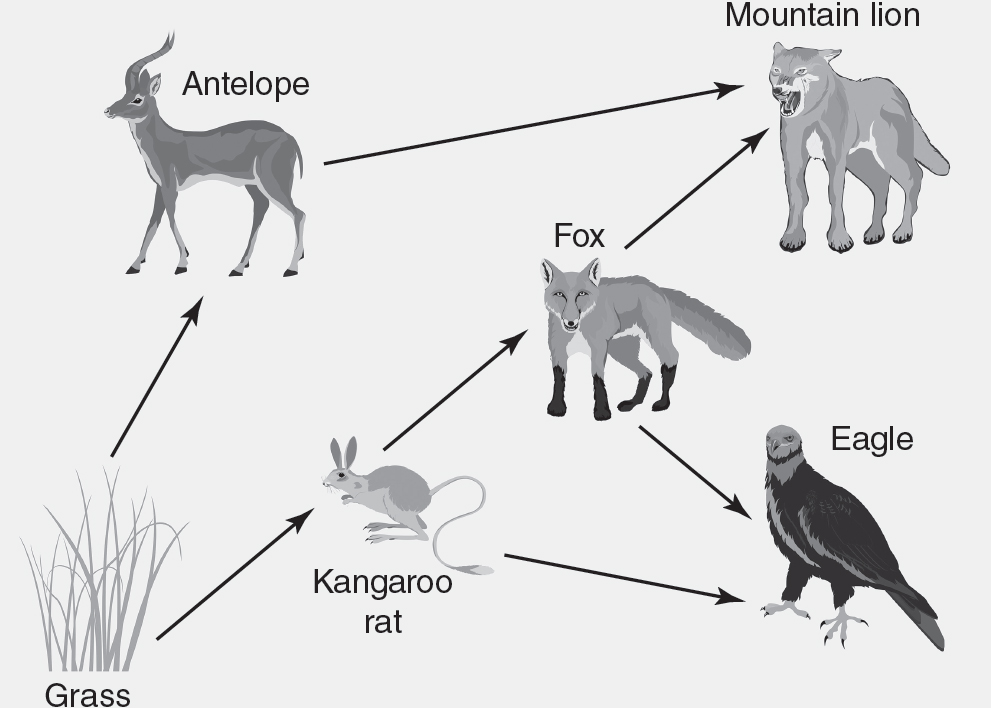Fox Food Chain To Plant Biology Diagrams
Fox Food Chain To Plant Biology Diagrams What eats a fox in a food chain? The answer to this question lies in the hierarchy of a typical food chain or food web. Just like any other predator, foxes too have their natural enemies. Foxes are incredibly adaptable animals and can thrive in various environments, including forests, grasslands, mountains, and even urban areas. Their The Role of Foxes in the Food Chain. Foxes are classified as members of the Canidae family, alongside dogs, wolves, and other canids. They are found in various environments across the globe, from forests to urban areas. Because of their adaptability, foxes have earned a significant role in the food chain, acting as both predators and prey. The mixed habitat offers a variety of food and cover. (John Parker) CONTENTS Page Acknowledgements ii Summary iv 1. Aim and context 1 2. Fox ecology 2 Distribution 2 Social organisation, breeding and dispersal 3 has been due to an increase in forest area. Fox population densities range from less than 0.1 km in some upland areas to more

Organisms at different trophic levels in the deciduous forest depend on each other for survival. 1. Producers: Deciduous trees such as oaks, maples, and beeches are the predominant producers in this ecosystem.Small plants, flowers, ferns, and grasses are also abundant. 2. Primary Consumers: The second trophic level is inhabited by herbivorous animals such as deer, squirrels, rabbits Examples in the deciduous forest food web are bears, hawks and large snakes like the anaconda. Decomposers. Decomposers like earthworms, bacteria, fungi and insects take care of the dead plants and animals in the deciduous forest. They break them down into smaller and smaller parts which ultimately creates new soil. The food web continues as

Deciduous Forest Biome Biology Diagrams
The 3rd level of a deciduous forest's food web includes the secondary consumers. These include foxes and owls (who eat the rodents) and birds, skunks and opposums, who eat insects. 4th Level This level are the predators, or tertiary consumers. One in a decidious forest is the cougar, which preys on deer and smaller animals. Temperate Deciduous Forest Food Chain. In a temperate deciduous forest, a food chain likely begins with an American beech tree. A red squirrel eats the nuts of the beech, a gray fox eats the squirrel, and a gray wolf eats the fox. Parasitic fleas, ticks and tapeworms living on or in the wolf can also act as tertiary consumers here.

The other food chain in the same ecosystem consists of the bird, the grasshopper, and the grass. Because the grass is also part of the food chain containing the rabbit and the fox, it makes up a food web within the same ecosystem. The size and the strength of the food chains within a food web depend upon what's known as biomass.
